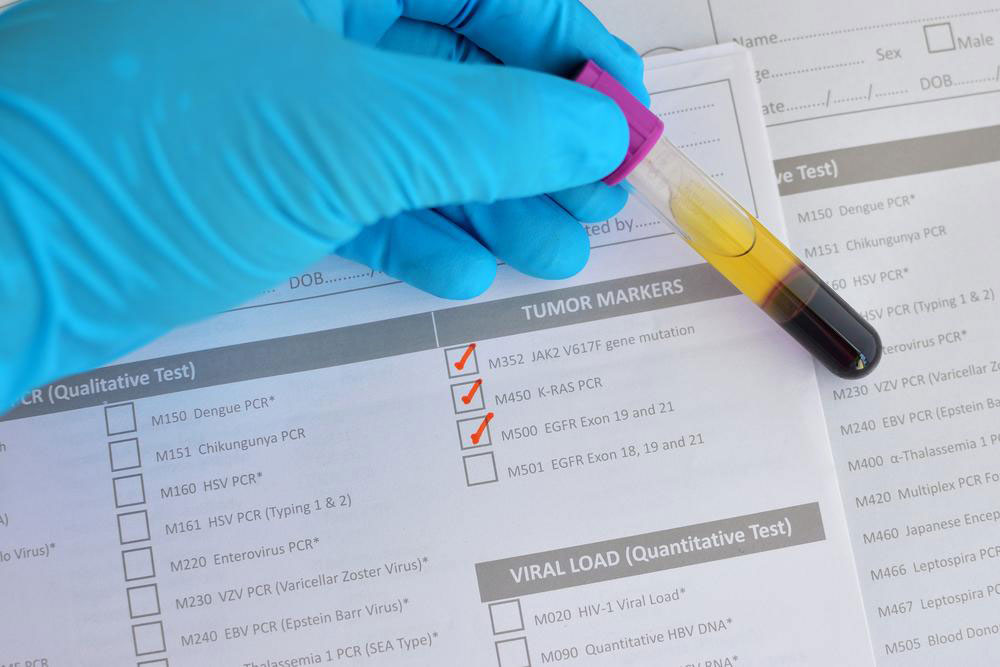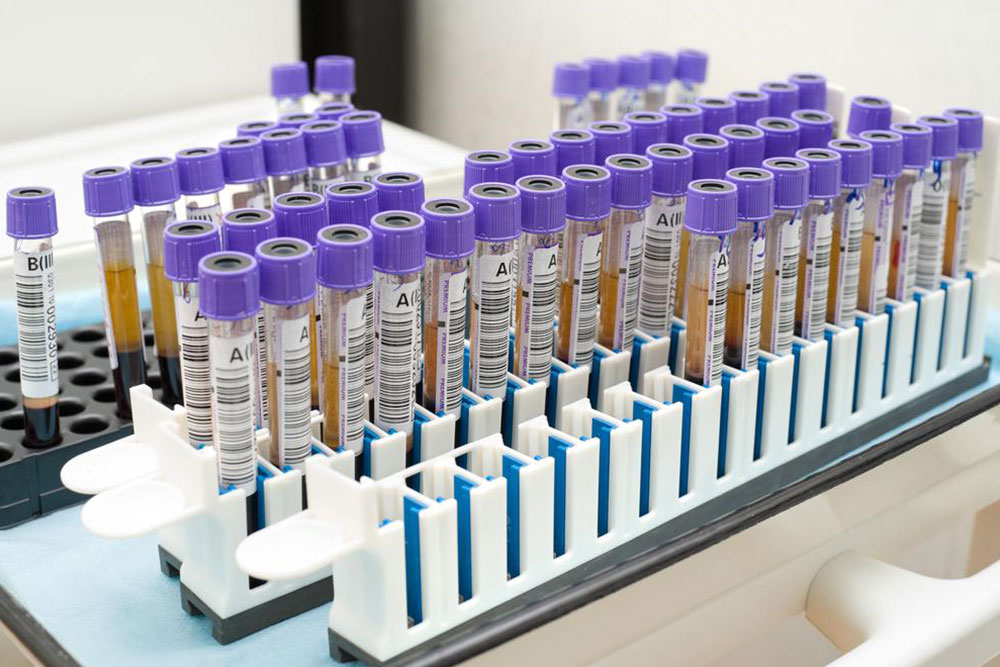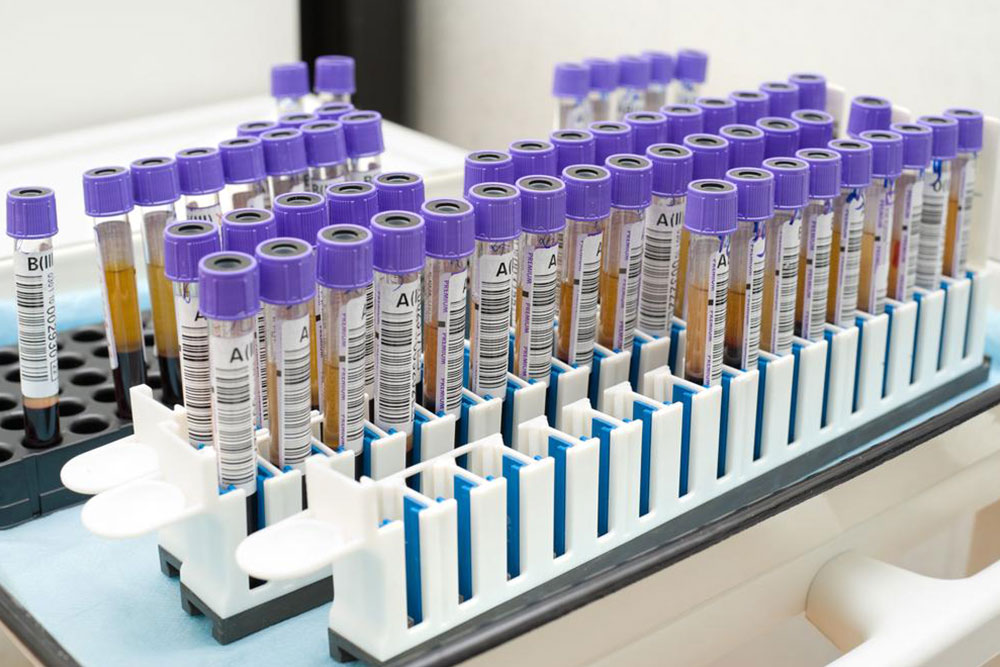Comprehensive Guide to Age-Adjusted PSA Levels and Prostate Health Management
This comprehensive guide explores the importance of age-adjusted PSA levels in prostate health screening, highlighting how personalized thresholds improve early detection while considering factors like ethnicity and limitations of PSA testing. Learn how tailored screening strategies can optimize prostate cancer diagnosis and management for men across different age groups.

Comprehensive Guide to Age-Adjusted PSA Levels and Prostate Health Management
Prostate-specific antigen (PSA) testing has become an essential component in the early detection of prostate cancer, one of the most common cancers affecting men worldwide. Over the years, medical professionals have increasingly recognized the importance of considering age-dependent PSA reference levels to improve diagnostic accuracy and reduce unnecessary biopsies and anxiety. However, the use of age-specific PSA thresholds remains a subject of ongoing discussion within the medical community, mainly due to the complexities and limitations associated with PSA testing.
The Role of Age-Dependent PSA Levels in Prostate Cancer Screening
The traditional approach of using a fixed PSA cutoff value has been gradually replaced by age-adjusted reference ranges. This shift is driven by the understanding that PSA levels naturally tend to increase with age, even in the absence of malignancy, due to benign prostate enlargement or other physiological changes. As a result, screening strategies now advocate for tailored PSA thresholds based on a man’s age to improve the balance between sensitivity and specificity.
Implementing age-specific PSA levels allows clinicians to better interpret test results, reduce false positives, and avoid unnecessary invasive procedures. For instance, a PSA level considered elevated in a younger man might be normal for an older man, given the natural increase in prostate size with age. This nuanced approach aims to optimize early detection while minimizing overtreatment.
Impact of Ethnicity on PSA Reference Ranges
Understanding that prostate health and PSA levels can vary significantly across different ethnic groups is crucial for accurate screening. Ethnicity influences baseline PSA levels due to a combination of genetic, environmental, and lifestyle factors. Consequently, current research emphasizes the importance of establishing ethnicity-specific PSA reference ranges to improve diagnostic precision and ensure equitable healthcare.
For example, studies have demonstrated notable differences in PSA levels among men of various racial backgrounds. These disparities underscore the need for personalized screening protocols to account for such variations effectively.
Below is a detailed overview of typical PSA ranges for different age groups and ethnicities, which can serve as a reference for clinicians and patients alike:
Men aged 40-49
Caucasian: 0 to 2.5 ng/mL
African American: 0 to 2.0 ng/mL
Asian American: 0 to 2.0 ng/mL
Men aged 50-59
Caucasian: 0 to 3.5 ng/mL
African American: 0 to 4.0 ng/mL
Asian American: 0 to 3.0 ng/mL
Men aged 60-69
Caucasian: 0 to 4.5 ng/mL
African American: 0 to 4.5 ng/mL
Asian American: 0 to 4.0 ng/mL
Men aged 70-79
Caucasian: 0 to 6.5 ng/mL
African American: 0 to 5.5 ng/mL
Asian American: 0 to 5.0 ng/mL
Limitations of Age-Adjusted PSA Testing
While age-specific PSA reference ranges are valuable tools, they are not definitive diagnostic measures for prostate cancer. Many men with PSA levels within normal ranges still develop the disease, highlighting the limitations of relying solely on PSA testing for diagnosis. To confirm the presence of prostate cancer, additional diagnostic procedures are necessary, including prostate biopsies, digital rectal examinations, and imaging studies.
Moreover, elevated PSA levels can be caused by factors unrelated to cancer, such as benign prostatic hyperplasia (BPH), urinary tract infections, recent ejaculation, medical procedures like catheterization, or intense physical activity. These factors can confound interpretation, resulting in false positives and unnecessary anxiety or interventions.
Advantages of Using Age-Adjusted PSA Levels
Despite these limitations, employing age-specific PSA thresholds offers significant advantages. It enables healthcare providers to monitor prostate health more accurately over time, identifying patterns that may indicate early pathological changes. When combined with other diagnostic tools, such as MRI scans and biopsies, age-adjusted PSA screening enhances diagnostic precision, reducing unnecessary procedures and improving patient outcomes.
Furthermore, personalized age-based screening respects individual risk profiles, providing a more tailored approach to prostate health management. It also helps to mitigate the psychological impact of false positives, offering reassurance to men whose PSA levels are within age-appropriate ranges.
In conclusion, understanding and utilizing age-dependent PSA reference levels is an essential element of modern prostate health management. As research continues to evolve, the integration of ethnicity-specific thresholds and advanced diagnostic techniques will likely improve the accuracy and effectiveness of prostate cancer screening programs.





